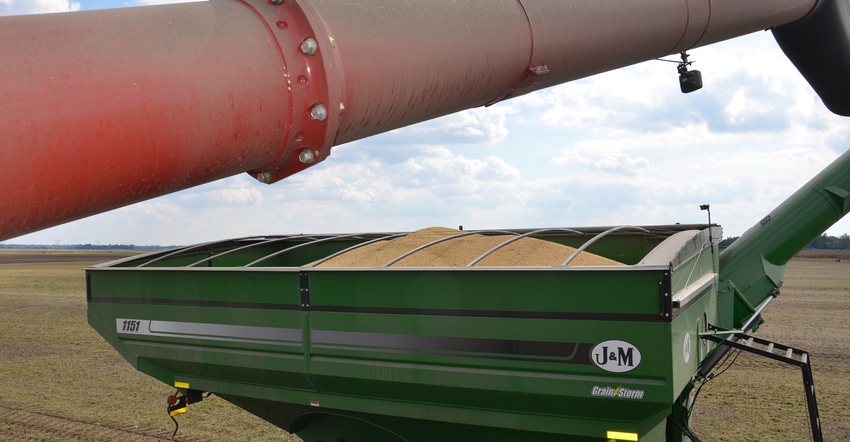October 13, 2017

As a farm expands, it is important to evaluate the feasibility of adding an operator and/or employee. It’s also vital to evaluate the feasibility of purchasing or renting additional land and equipment. The feasibility of augmenting labor on a farm depends on two critical factors: gross revenue and profitability.
Here is a step-by-step look at how you can make this decision objectively, rather than just basing the decision on emotion, hunches or intuition.
• Understand how gross revenue works. Let’s start by discussing gross revenue. Most accrual income statements include a line for gross revenue. To compute gross revenue, add crop and livestock sales to government payments, crop insurance indemnity payments and miscellaneous income, such as from patronage dividends or custom work. Subtract beginning crop and market livestock inventories from ending crop and market livestock inventories.
• Get a handle on profitability. Profitability can be measured using the net farm income ratio, the operating profit ratio, return on assets or return on equity. For definitions of these ratios, see the publication titled “Benchmarking Profitability and Financial Efficiency” at ag.purdue.edu/commercialag/Pages/default.aspx.
• Use operating profit margin. I recommend using the operating profit margin to gauge profitability. This measure is computed by adding interest expense and subtracting family living expenditures from net farm income, and then dividing the result by gross revenue or value of farm production. A commonly used benchmark for the operating profit margin ratio is 20% or higher. For most farms, this ratio has been below 20% since 2014, and was above 20% from 2007 to 2013.
• Look at the long-term measure. The 20% figure should be thought of as a long-term benchmark, such as a 10-year measurement. In other words, if you’re examining the feasibility of adding another operator or employee, it’s a decision based on the long run.
• Understand how benchmark feasibility measure works. Using gross revenue and operating profit margin, along with information on family living expenditures and machinery and equipment needs, you can come up with a benchmark feasibility measure. Most machinery and equipment needs are covered using depreciation, which is a non-cash item. We’re including machinery and equipment needs in these computations of the benchmark to reflect the fact that your farm is growing. If a farm wasn’t growing, you could rely on depreciation to replace machinery and equipment.
• Consider examples of benchmarks and what they mean. If you need $100,000 to pay an additional operator or employee and to help purchase machinery and equipment needed to expand, and you had a long-run average operating profit margin of 20%, your farm would need at least $500,000 to cover this additional person. That means your farm needs at least $500,000 of gross revenue per worker to fully cover labor expenses. If your farm currently has two operators and an average gross revenue of $1.35 million over the last several years, adding another operator or full-time employee doesn’t appear to be feasible, because after adding the individual, average gross revenue per worker declines to $450,000, which is below the benchmark. Note that without the addition of another employee, gross revenue per worker is $675,000.
• Account for part-time labor. It’s important to include seasonal or part-time workers to gross-revenue-per-worker computations. If the farm has two part-time employees who work one-quarter of the year each, likely during planting and harvesting, these two employees should be included in the computation. In this case, instead of just dividing by two operators before the addition of another person, you need to divide by 2.5 workers, which is two operators plus 0.5 full-time-equivalent workers.
• Adjust for lower profitability percentages. If long-term profitability is not 20%, the gross revenue benchmark needs to be adjusted accordingly. For example, if the long-term profit margin is 10%, instead of 20%, the benchmark becomes $1 million per worker, which is $100,000 divided by 10%. Note again that it’s important to use long-term information, not just numbers from one year, to make these kinds of decisions.
Langemeier is a Purdue University Extension ag economist and assistant director for the Center for Commercial Agriculture. He writes from West Lafayette, Ind.
About the Author(s)
You May Also Like






